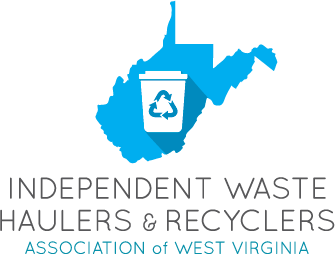Western World
Modern waste management has its roots in the 19th century and was developed solely with public health initiatives in mind. With the arrival of the Industrial Revolution and continued urban growth, an overwhelming buildup of waste in England resulted in the swift corrosion of public sanitation and quality of life.
At the onset of the 19th century, England’s streets became congested with waste. This resulted in a an increase in air pollutants, water contamination, and soil contamination.
As a consequence of these contaminants, England experienced a destructive cholera outbreak. This led Sir Charles Chadwick, the father of the modern waste management system, to stress the need for appropriate waste removal and management systems in order to improve the overall health of England’s citizens. As a result of his work, the Nuisance Removal and Disease Prevention Act of 1846 was established. By 1875, an additional public health act was put in place requiring every household to place weekly waste in movable bins for disposal.
United States
The potentially destructive consequence of industrialization and waste was soon mirrored in America, with larger cities – New York City, specifically – being hit the hardest.
In 1893, citizens of New York often walked shin deep in filth that was compiled of dead animals, animal excrement, food waste, and discarded furniture and building supplies. In 1894, Civil War veteran George E. Waring was appointed Street Commissioner of New York City. Under his management, sanitation and waste disposal crews wore white uniforms in order to be associated with other hygiene and public health professions. He also instructed workers wear helmets to illustrate authority.
As a result of promoting waste management as a respectable public health issue, within a year Waring was able to clean up New York’s streets and establish a proper waste management system. His efforts were emulated in cities across America.
West Virginia
Throughout the 20th Century, laws, regulations, and programs were put in place to ensure the continued development of proper waste management and to ensure that the system provide the greatest benefit to public health. As West Virginia address the concern of waste management and public health, the state established REAP, the Rehabilitation Environmental Action Program.
REAP’s goal was to clean up the litter and bulky junk dumped throughout West Virginia. In 1973, Governor Arch Moore appointed A. James Manchin as the director of REAP. Through his famous grassroots approach, Manchin oversaw the removal of thousands of cars, appliances and old tires from the West Virginia countryside. Manchin famously coined the phrase: “We must purge these proud peaks of their jumbled jungles of junkery.” And, Waste Haulers work to do just that.
West Virginia continues to be served well by a regulated waste hauling system, ensuring that the state’s rural residences are well-served in trash and recycling collection – even in the most remote areas. Many West Virginians recall days prior to legislation that prohibited the illegal dumping. Without this system, the state could return to the rat-infested, over-the-hill trash dumps that once contributed to polluted water and subsequent disease.

